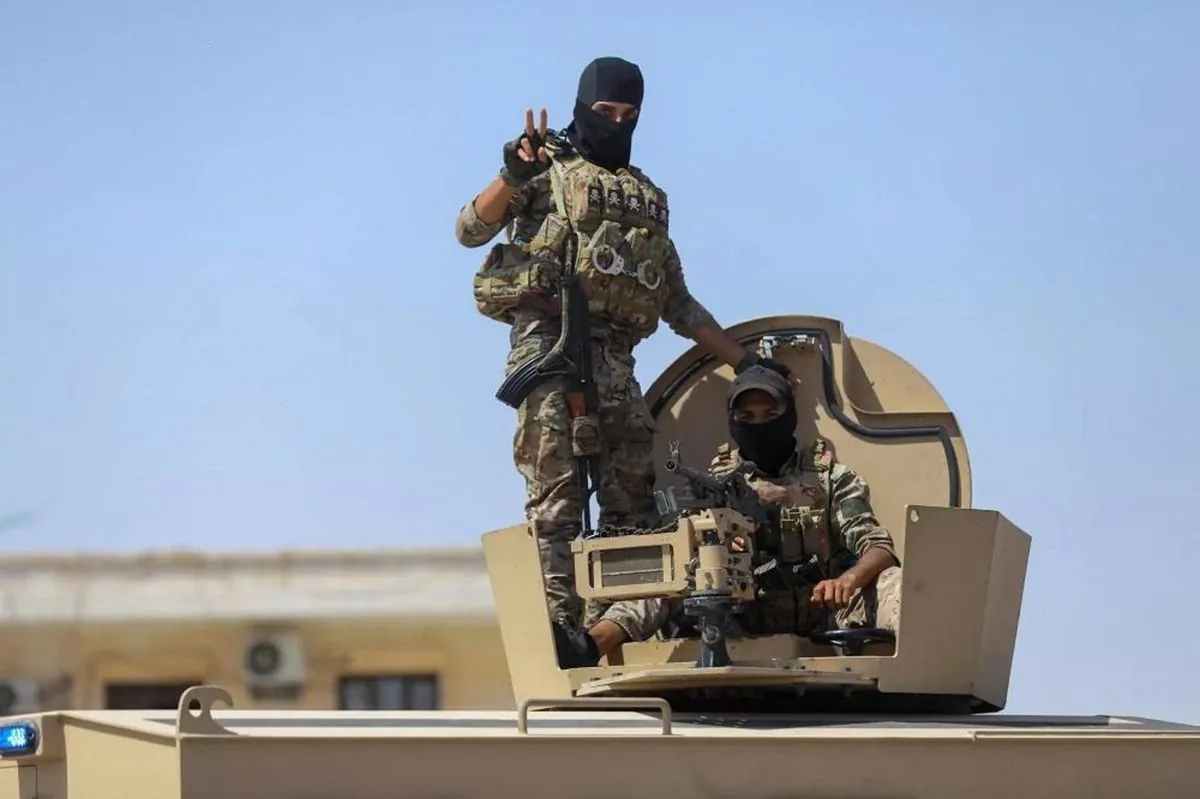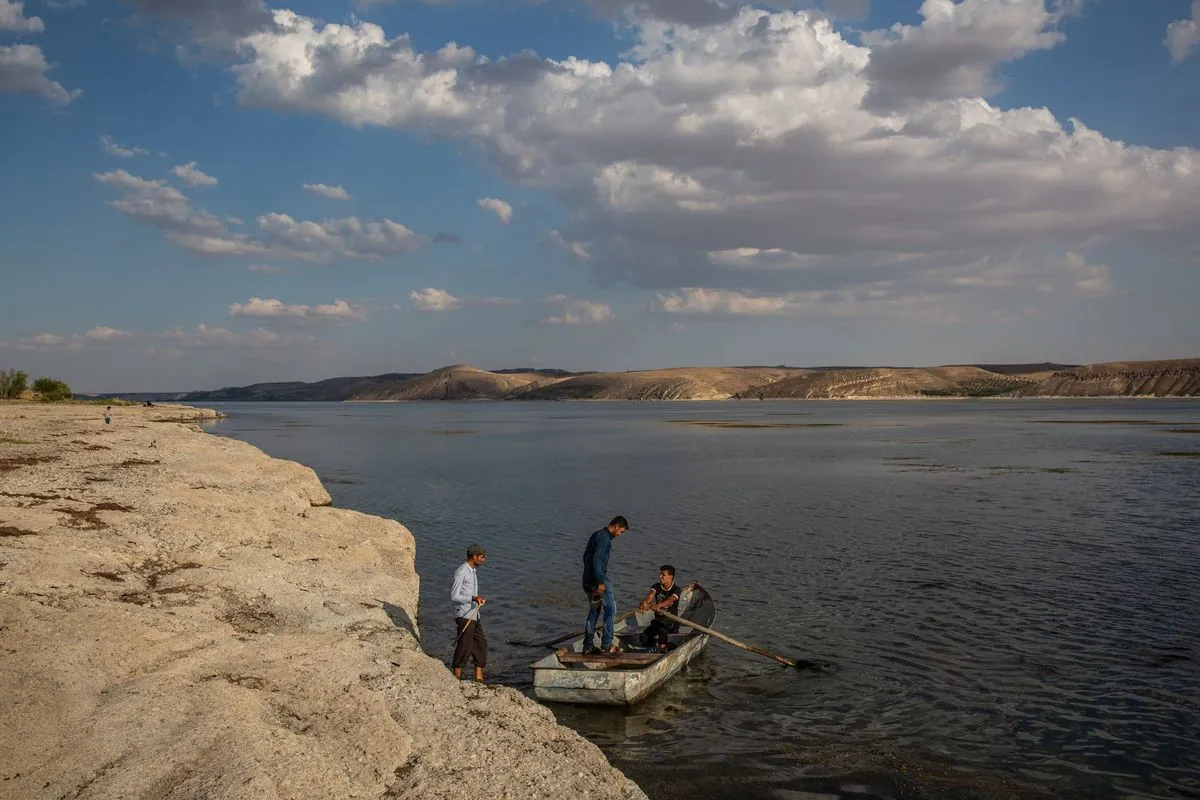Clashes Erupt in Eastern Syria as Regional Tensions Escalate
U.S.-backed forces in eastern Syria face attacks from pro-government fighters, resulting in casualties. The incident occurs amid heightened regional tensions following recent high-profile killings.

In a recent escalation of conflict, pro-government forces launched attacks on areas controlled by U.S.-backed fighters in eastern Syria. The clashes, which began on August 6, 2024, have resulted in at least two fatalities and several injuries, according to reports from the Syrian Democratic Forces (SDF) and the Syrian Observatory for Human Rights.
The confrontation unfolded in Syria's Deir el-Zour province, a region bordering Iraq and home to the country's largest oil field, al-Omar. This area has been a focal point of tension, with Syrian government forces and Iran-backed fighters positioned on the western bank of the Euphrates River, while the SDF and U.S. troops control the eastern side.

The SDF reported that "Syrian regime-backed mercenaries" targeted the villages of Dhiban, Latwa, and Abu Hamam. In response, Kurdish-led authorities imposed an indefinite curfew in their controlled areas east of the river. This marks the most intense fighting in the region since August 2023, in an area where U.S. troops have been deployed since 2015 to support anti-ISIS operations.
These events occur against a backdrop of heightened regional tensions. Just a week prior, a top military commander of Lebanon's Hezbollah and the leader of the Palestinian Hamas group, Ismail Haniyeh, were killed in separate incidents in Beirut and Iran, respectively. Israel was implicated in both attacks, prompting vows of retaliation from Iran and Hezbollah.
"We are working to bring the situation under control as fighting continues."
The situation in eastern Syria is further complicated by recent rocket attacks on U.S. military bases in Iraq and Syria. On August 5, 2024, a rocket attack on a base housing U.S. troops in western Iraq resulted in several American personnel being wounded. This followed a strike near an Iran-backed Iraqi militia base southwest of Baghdad days earlier.
These incidents highlight the complex web of alliances and conflicts in the region. The Syrian Civil War, ongoing since 2011, has drawn in various international actors, including the U.S., Russia, Iran, and Turkey. The conflict has resulted in over 500,000 deaths and significant displacement of the Syrian population.
As tensions continue to simmer, the international community watches closely, aware that any further escalation could have far-reaching consequences for regional stability and global geopolitics.


































